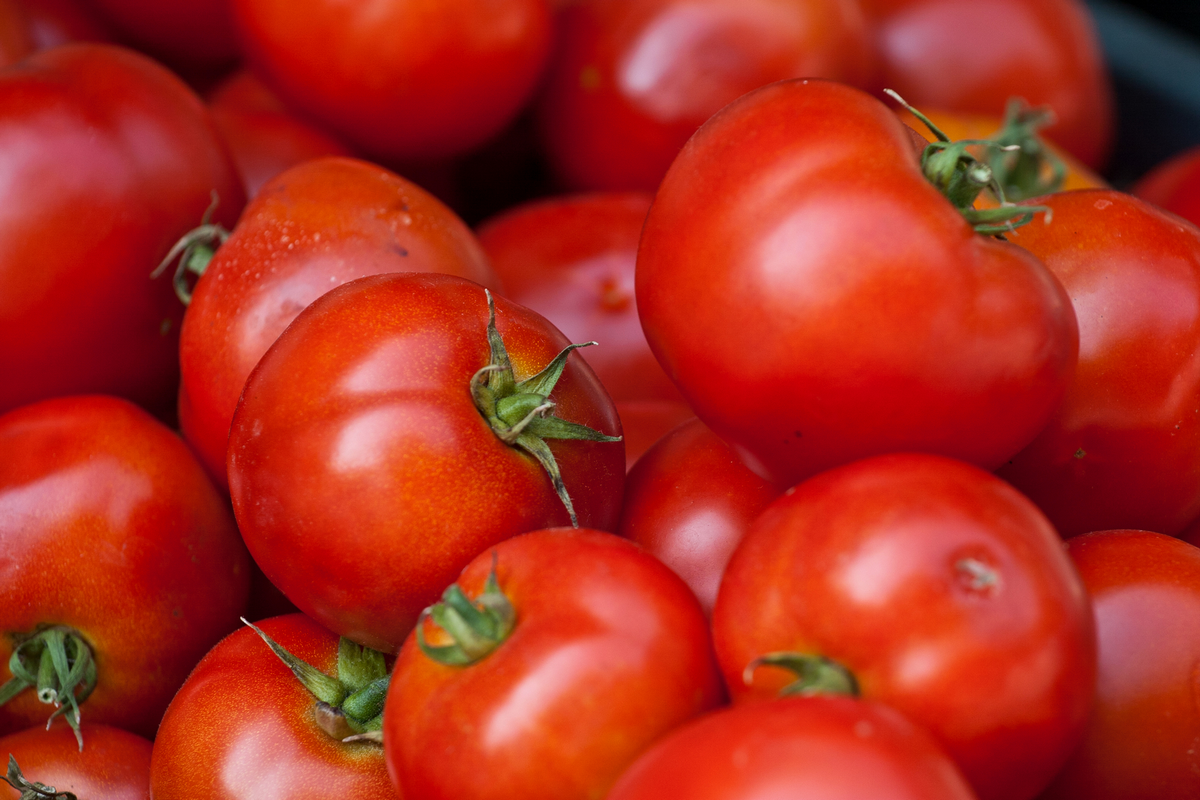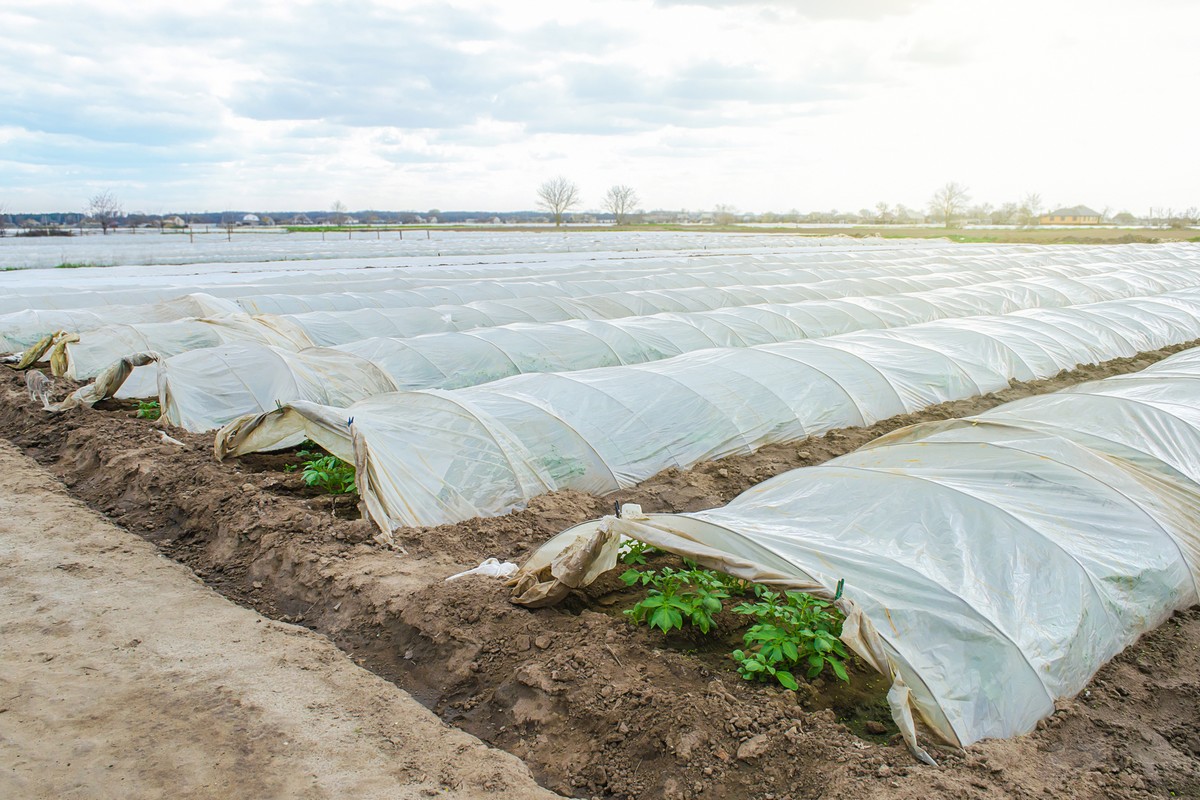
Abstract
The current study investigates the combined effect of different dietary vitamins E and selenium (sodium selenite, Se) on the growth, survival, feed utilization, nutrients digestibility, body composition, activity test evaluation, intestinal bacterial load, and hematological indices of European seabass, Dicentrarchus labrax fry. A feeding experiment was conducted in D. labrax using five different diets with the same proximate composition. Introvit-ES100 oral® (ES) provides 50 mg/mL vitamin E and 0.5 mg/mL selenium, a source of VE and Se. The only distinction between the diets was the level of VE and SE. Each diet was fed to triplicate groups of fish (initial weight: 0.13 g) for 84 days. The control diet (ES0%) did not contain any added ES. Diets 2–5 included varying: 50: 0.5 mg/kg (ES1%), 100: 1.0 mg/kg (ES2%), 150: 1.5 mg/kg (ES3%), and 200: 2.0 mg/kg (ES4%). The water quality parameters were temperature 22, with a pH range of 7.9–8.2, the salinity range is 31.3–32.4 ppt, and the nitrogen concentrations are as follows: N at 0.54, NH3 at 0.73, and NH4 at 0.77. The results showed that seabass fry had the highest FBW, WG, SGR, FL, and K values when fed 150: 1.5 mg kg−1 of VE and Se, respectively (ES3%). Fish provided the ES4% diet had the highest survival (%) and showed inferior growth performance. Apparent digestibility coefficient analysis, which included protein, lipid, and carbohydrate digestibility, revealed that the highest values were recorded in fish fed the ES3% diets. The highest body protein was recorded in ES3%; the lowest lipid content value was recorded in ES4%. The highest white blood cell count, red blood cell count, and hematocrit values were recorded in ES3%. While the highest hemoglobin values were recorded in ES4%. The highest activity test value was recorded in ES2% and ES3% diets. The lowest Vibrio sp. count was recorded in ES3%. While the Aeromonas sp. was not detected in all experimental treatments. The results indicated that supplementing the diet with 150 mg kg−1 of VE and 1.5 mg kg−1 of Se improved growth performance, feed utilization, and survival rates, resulting in increased production of D. labrax fry after weaning in marine hatcheries.


